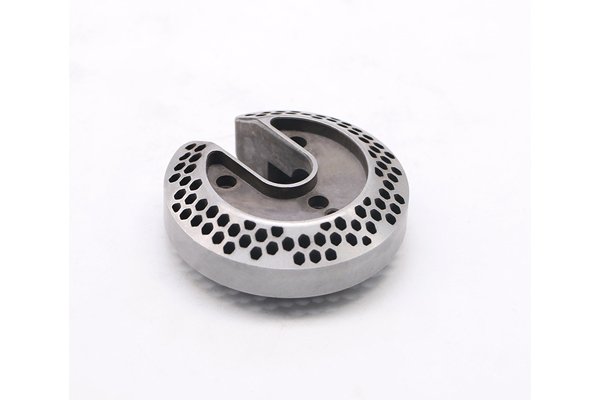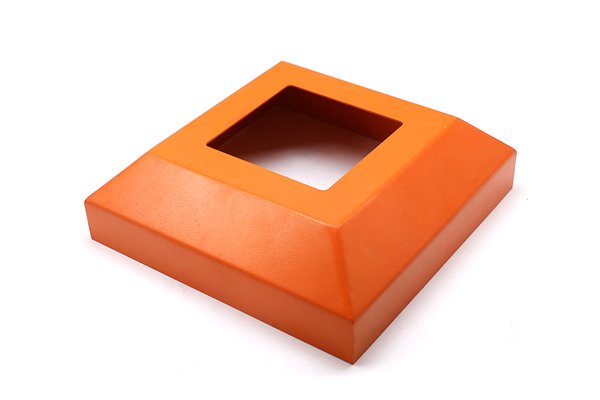Did you know that the material you choose for CNC machining can impact production efficiency by up to 25%? Understanding the special requirements for material selection can be the difference between a successful project and a costly mistake. In today’s highly competitive manufacturing landscape, selecting the right material for CNC machining is crucial for optimizing performance, quality, and cost-effectiveness.
In this comprehensive guide, we will delve into the intricacies of material selection for CNC machining in professional industries. By the end of this article, you will have a robust understanding of the factors that influence material choices, crucial techniques for evaluating materials, and actionable solutions to common challenges faced during material selection. Let’s begin!
Understanding CNC Machining and Its Applications
What is CNC Machining?
CNC (Computer Numerical Control) machining is a subtractive manufacturing process that involves the use of computer-controlled machines to remove material from a solid block, or workpiece, to achieve desired shapes and dimensions. This process is highly versatile and can be used to manufacture parts made from various materials, including metals, plastics, and composites.
Applications of CNC Machining
CNC machining is widely used across various industries due to its precision and efficiency. Some common applications include:
The Importance of Material Selection
Performance and Durability
The choice of material directly affects the performance and durability of the finished product. Materials with excellent mechanical properties can withstand demanding environments, while those with poor properties may lead to premature failure.
Cost Implications
Material costs can significantly impact the overall budget of a project. Selecting appropriate materials can reduce waste and lower machining costs, contributing to better profit margins.
Quality and Finish
The surface finish and tolerances of machined components depend heavily on the selected material. A material’s machinability—its ability to be machined effectively—plays a key role in achieving high-quality surfaces and dimensional accuracy.
Factors to Consider in Material Selection
When choosing a material for CNC machining, consider its mechanical properties, such as:
Machinability refers to how easily a material can be machined to desired specifications. Factors affecting machinability include:
Thermal conductivity and expandability of materials can influence the machining process:
For parts exposed to harsh environments, material selection should prioritize corrosion resistance. Stainless steels and certain alloys can offer superior protection in corrosive conditions.
Assess the cost-effectiveness and availability of materials. Opting for commercially available materials can reduce lead times and costs associated with custom formulations.
For industries such as aerospace and medical, compliance with regulatory standards is crucial. Selecting materials that meet these specifications can prevent costly rework or product recalls.
Recommended Materials for CNC Machining

Why It’s Suitable: Lightweight, excellent machinability, corrosion resistance, and good strength-to-weight ratio.
Why It’s Suitable: High strength, hardness, and excellent corrosion resistance.
Why It’s Suitable: Excellent machinability, corrosion resistance, and a pleasing aesthetic finish.
Why It’s Suitable: Lightweight, corrosion-resistant, and versatile for various applications.
Why It’s Suitable: High strength-to-weight ratio, excellent corrosion resistance, and biocompatibility.
The Material Selection Process
Step 1: Define Project Requirements
Begin by clearly defining the project’s requirements, including performance criteria, environmental conditions, and cost constraints.
Step 2: Evaluate Material Properties
Research and identify materials that align with your project specifications. Use databases and material property charts to compare options.
Step 3: Assess Machinability
Consider the machinability ratings of shortlisted materials. Consult with machining professionals to gain insights into potential challenges.
Step 4: Conduct Material Tests
When possible, conduct preliminary tests on sample materials to evaluate performance under specific machining conditions.
Step 5: Review Compliance and Standards
Verify that your selected materials meet industry standards and regulations to avoid compliance issues.
Step 6: Make a Decision
Finally, consolidate all the information and make a well-informed decision based on a balance of performance, cost, and availability.
Solutions to Common Challenges in Material Selection
Solution: Research alternative materials that meet the same specifications. Consider newer materials that may provide enhanced performance or lower costs.
Solution: Source materials from reputable suppliers who adhere to industry standards. Always request certificates of compliance and quality assurance.
Solution: Implement thorough budgeting to account for material costs. Utilize bulk purchasing agreements and explore alternative suppliers to reduce costs.
Solution: Conduct pre-production tests to evaluate the material’s behavior under actual machining conditions. Regularly review machining procedures to adapt to material properties.
Selecting the right materials for CNC machining in professional industries is critical for achieving optimal performance, cost-efficiency, and product quality. By understanding the mechanical and thermal properties, assessing machinability, and considering environmental impacts, manufacturers can significantly enhance their machining processes.
In this blog, we discussed the special requirements for material selection, including different material options, the decision-making process, and solutions to common challenges. Armed with this knowledge, you can make informed decisions that improve your machining outcome and ensure your projects meet the highest standards.
Remember, proper material selection is not just important for project success; it’s a vital component of your overall manufacturing strategy. Stay ahead of the competition by continually evaluating and optimizing your material choices. By investing time and resources into understanding material properties and their implications, you pave the way for innovation and excellence in CNC machining.






